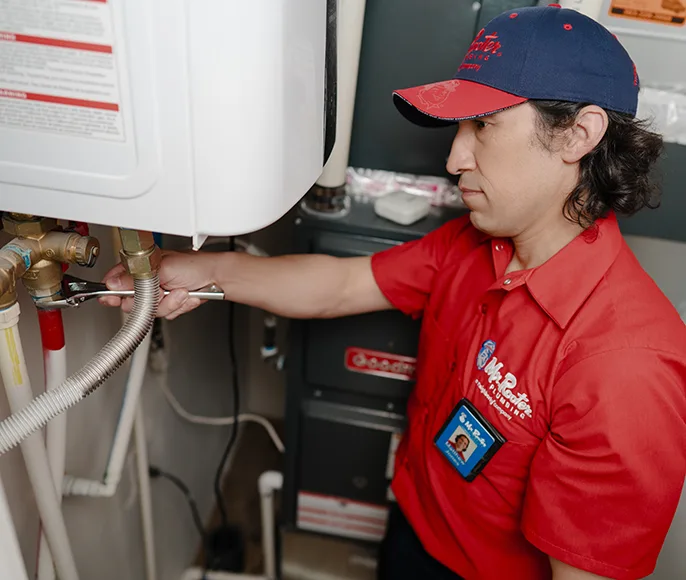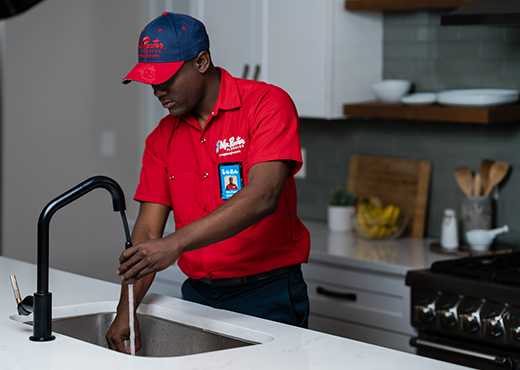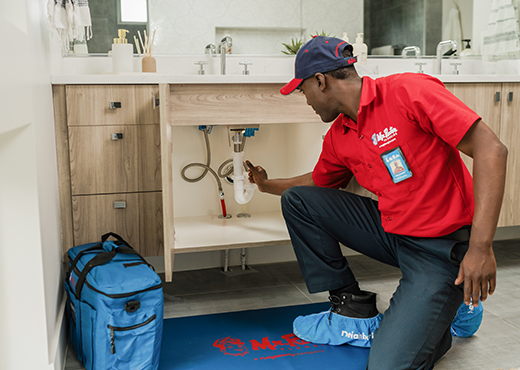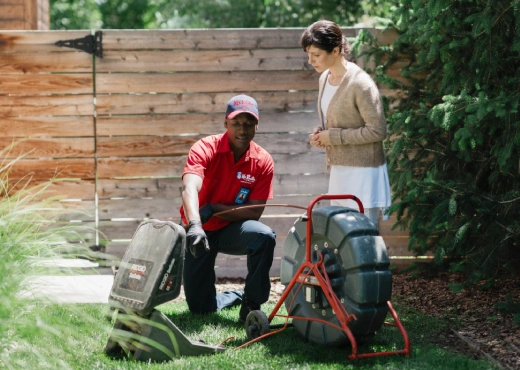Why should you make the switch to a tankless water heater? Because tankless water heaters offer homeowners a number of benefits that tank heaters simply don’t have.
1. Space Efficiency
Modern tank-style water heaters may be more efficient and effective than ever, however, the added insulation means that the tanks inside have become smaller. Whereas you may have had an 80 gallon tank before, you may only be able to fit a 70 or 60-gallon tank in your heater space now.
2. Improve Your Home Safety
Tank water heaters have a growing problem: their rapid heating warms up the air in your tank as well as the water. As air warms up, it expands, and that means the air in your tank can actually put a lot of extra pressure on the tank itself. Expansion tanks help alleviate this issue, but they’re not a guarantee of safety. Likewise, relief valves that haven’t moved in some time may actually fail to open. All of this combined creates a rare situation where a water heater could literally explode and deal tremendous damage to your home.
3. Energy Efficiency
Because tank-style heaters depend on keeping your hot water at your ideal temperature, you have to pay to heat the water the first time, and then pay more to keep it at temperature. No matter how well-insulated your tank may be, the water will eventually cool off and need to be reheated. With tankless heaters, you only pay to heat your water once, and that means reduced energy costs and more money back in your pocket.
Tankless vs. Water Heaters with Tanks
Tank-style water heaters depended on a heat source to heat a tank of water to temperature before sending it to where you need it in your home. Because they heated an abundance of water at a time (some tanks could hold up to 100 gallons of water or more), tank-style heaters took time to produce hot water—sometimes as much as an hour or more for larger units. As they became stronger and more efficient, heating times dropped, but there was no such thing as a limitless supply of hot water—eventually the tank would empty and you’d need to refill it.
Want to ditch the tank and switch over to a new tankless water heater system? Contact our Charlotte plumbers from Mr. Rooter Plumbing of Charlotte to get started!







